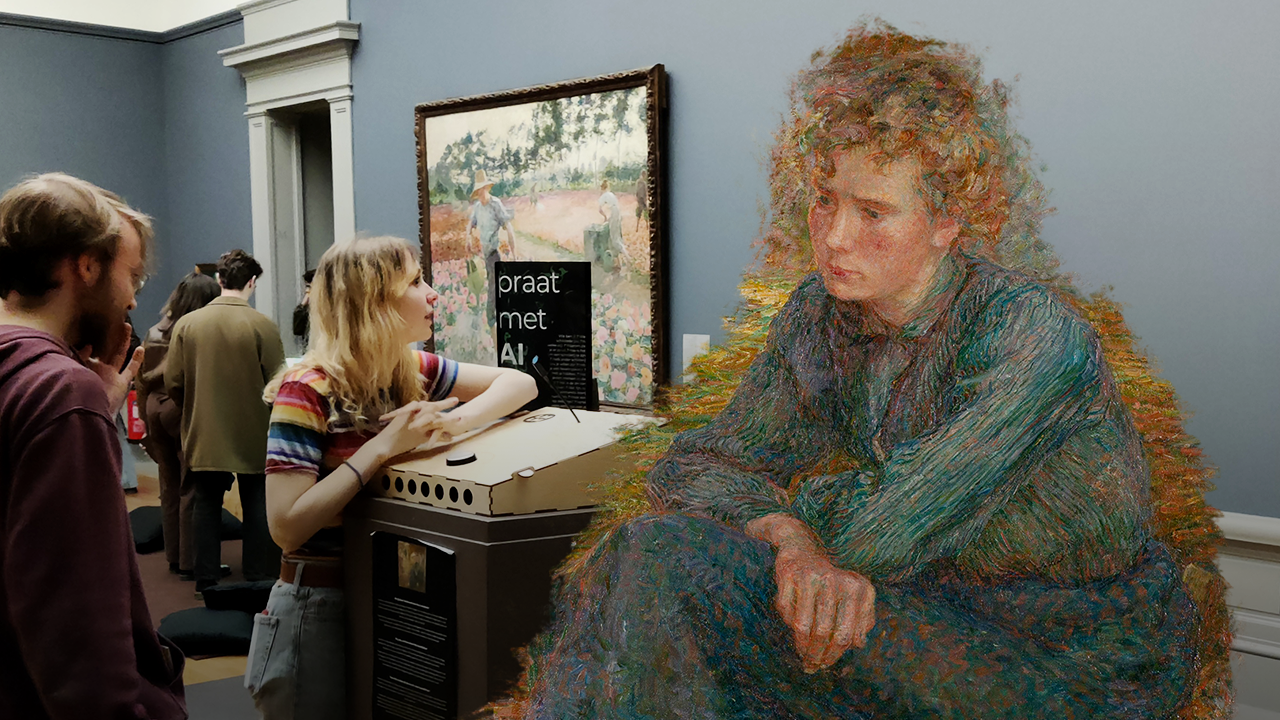Decoding Human Language: The Role of NLP in Analyzing Grammar and Syntax
Today we’re going to be diving headfirst into the world of natural language processing, or NLP, and its magical powers of analyzing grammar and syntax. Deep learning will no longer have any secrets! After all, if there’s one thing that humans love more than language, it’s making fun of our own struggles with it. So, let’s put on our thinking caps, grab a cup of coffee (or your preferred caffeinated beverage), and see if we can’t decode the mysteries of human language with the help of our trusty NLP algorithms. Ready, set, parse!
topic list:
- Linguistic Puzzle: Why Humans Struggle with Language
- Power of Parsing: Breaking Down Grammar with NLP
- Syntax Snafus: Common Errors in Human Language Processing
- Beyond Grammar: NLP and the Semantic Web
- Natural Conversations: Chatbots and the Future of Customer Service
- Unlocking the Secrets of Language: Machine Learning and NLP
- The Future of Language: NLP and Human-Machine Collaboration
Linguistic Puzzle: Why Humans Struggle with Language
Language is a complex system, and despite being one of the defining features of human cognition, it remains a difficult puzzle for researchers to unravel. One of the key challenges is understanding how humans process and generate language, from the smallest sounds and words to the most complex sentence structures. However, thanks to the development of Natural Language Processing (NLP) technologies, we are beginning to unravel this puzzle and unlock the secrets of language processing.

Power of Parsing: Breaking Down Grammar with NLP
One of the key tools in NLP is parsing, a technique that involves breaking down language into its component parts, including words, phrases, and grammatical structures. With the help of parsing algorithms, computers can analyze sentences and identify their underlying syntactic structures, allowing them to understand meaning and even generate their own sentences. This has wide-ranging applications, from machine translation and chatbots to automated text summarization and sentiment analysis.

Parsing is the process of breaking down a sentence into its grammatical components, such as nouns, verbs, adjectives, and so on. In order to do this, natural language processing algorithms use syntactic rules and structures to determine the relationships between the words in a sentence.
For example, let’s consider the sentence: “The quick brown fox jumps over the lazy dog.”
watch this on desktop, sorry mobile users!
+---------Ds---------+ +-------Js------+ | +-------A------+ | +-----Ds----+ | | +---A--+--Ss--+--MVp-+ | +--A--+ | | | | | | | | | the quick.a brown.a fox.n jumps.v over the lazy.a dog.n
source: phrase parser 4.0
This parse tree represents the grammatical structure of the sentence. The verb “jumps” is the main predicate, and the subject is “fox”. The preposition “over” links the verb to the object “dog”. The articles “the” and “a” modify the nouns “fox” and “dog”, respectively.
By breaking down a sentence in this way, natural language processing algorithms can better understand the meaning of the sentence, which is useful for a wide range of applications, such as machine translation, sentiment analysis, and chatbots.
Let’s talk!
If our project resonates with you and you see potential for a collaboration, we would 💙 to hear from you.
Syntax Snafus: Common Errors in Human Language Processing
Despite our innate ability to learn and use language, humans often struggle with its more complex features, particularly syntax. Common syntax errors include misplacing modifiers, using ambiguous pronouns, and failing to maintain subject-verb agreement. However, with the help of NLP tools, these errors can be identified and corrected, improving the clarity and precision of written and spoken communication.
Beyond Grammar: NLP and the Semantic Web
While NLP is often associated with syntax and grammar, it also has a key role to play in understanding the meaning of language, known as semantics. By analyzing the relationships between words and their context, NLP technologies can identify concepts, entities, and relationships, making it possible to create more intelligent search engines, recommendation systems, and even chatbots that can engage in more natural and sophisticated conversations.
Natural Conversations: Chatbots and the Future of Customer Service
One of the most exciting applications of NLP is in the development of chatbots, computer programs that can simulate human conversation. Chatbots are already being used in a range of customer service applications, from answering simple queries to providing personalized product recommendations. As NLP technologies continue to improve, we can expect chatbots to become even more sophisticated and natural-sounding, improving the customer experience and reducing the workload for human service agents.

Unlocking the Secrets of Language: Machine Learning and NLP
NLP technologies rely on machine learning, a form of artificial intelligence that enables computers to learn and improve their performance over time. By analyzing vast amounts of language data, including everything from social media posts to scientific articles, machine learning algorithms can identify patterns and relationships that are difficult for humans to detect. This allows NLP technologies to continuously improve, making them more accurate, efficient, and powerful.

Let’s talk!
If our project resonates with you and you see potential for a collaboration, we would 💙 to hear from you.
The Future of Language: NLP and Human-Machine Collaboration
As NLP technologies continue to evolve, we can expect to see more collaboration between humans and machines in the realm of language. Rather than replacing human communication, NLP tools will augment it, helping us to communicate more clearly and effectively, and enabling us to process and analyze vast amounts of language data in ways that were previously impossible. With the help of NLP, the language puzzle is finally beginning to come into focus.

Conclusion
Well folks, we did it! We’ve decoded the secrets of human language and the role of NLP in analyzing grammar and syntax. Who knew that all it would take to understand the intricacies of language was a few lines of code and some clever algorithms? I guess the real question is, can we use this newfound knowledge to finally solve the mystery of why some people insist on using “your” instead of “you’re”? Maybe not, but at least we can use NLP to identify those pesky grammar errors and avoid the wrath of the grammar police. So let’s raise a glass (or a cup, if you prefer) to the power of language and the technologies that help us make sense of it. And if all else fails, we can always resort to emojis and gifs. 😉🤖📚
Keep reading
How to create Mortal Kombat with AI characters video
The process detailing on how to make a Mortal Kombat…
Read More




